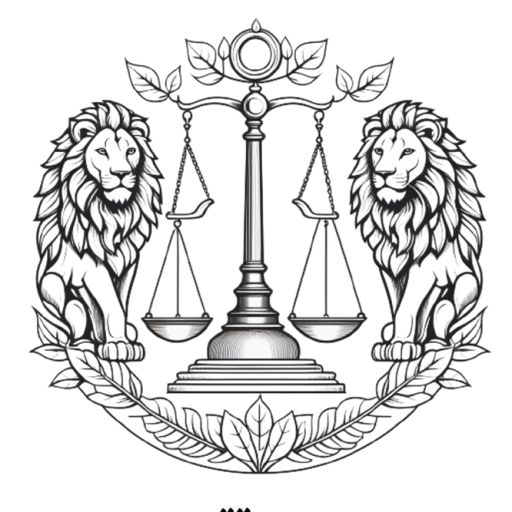Amirali R. Davoudpour
Iranian Canon of Medicine and Law, Administrative Wing of Law and Healing Association, Iranian Watchdog of Medicine and Law, Tehran-Iran
Email of the corresponding author: davoudpour@canmedlaw.org
Accepted and published August, 2024, DOI: https://doi.org/10.5281/zenodo.13361835
This article is published under CC BY creative common license that Allows others to distribute, remix, adapt, and build upon the work, even commercially, as long as they credit the original creator.
Abstract
The Arbaeen pilgrimage has emerged as one of the largest religious gatherings in the world, with approximately 25 million participants in recent years. This pilgrimage, marking the 40th day of mourning for Imam Hussein, has grown to surpass other significant Islamic events such as the Hajj pilgrimage, which hosted approximately 2.5 million pilgrims in the same year (2023). This paper aims to explore the theological, social, and political factors contributing to the rise of Arbaeen as a global phenomenon. Additionally, it contrasts the role of Shiite theology in shaping this event with Sunni interpretations, emphasizing the distinct evolution of Shiite practices under the guidance of religious leadership, particularly in the post-Khomeini era. The paper discusses the concept of divine representation, as seen in the development of the doctrine of Velayat-e Faqih, and its implications on Islamic governance and religious practices. Additionally, we discuss the hermeneutics of Ashura and it’s relevance to the conflicts in the Middle-East as the proposed realm of Asuras.
Keywords: Arbaeen, Hajj, Shiite, Sunni, Asura
